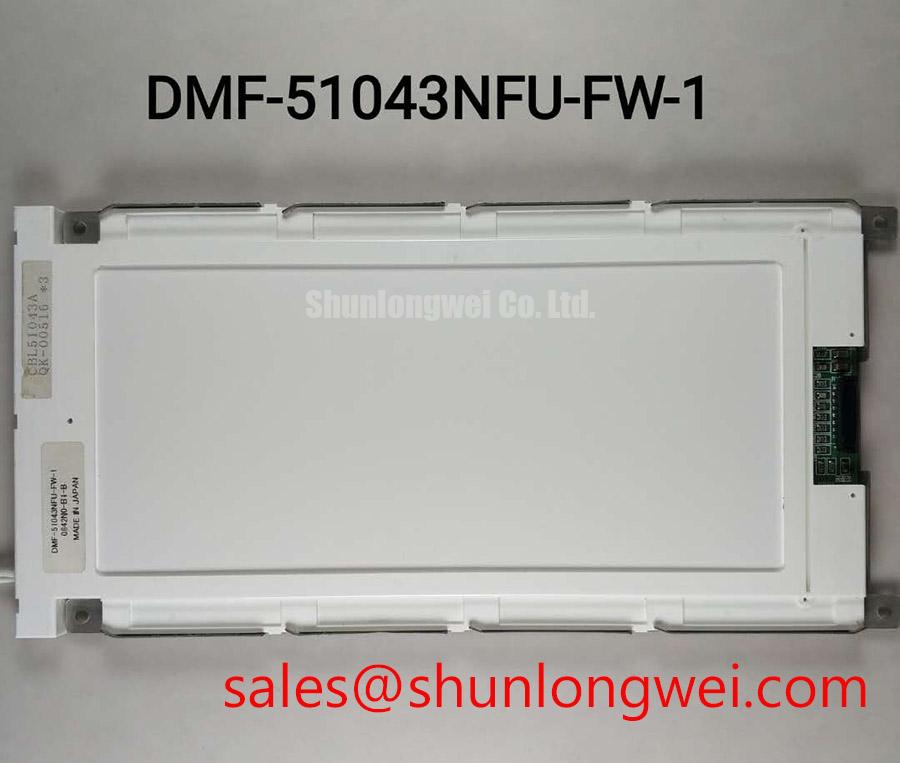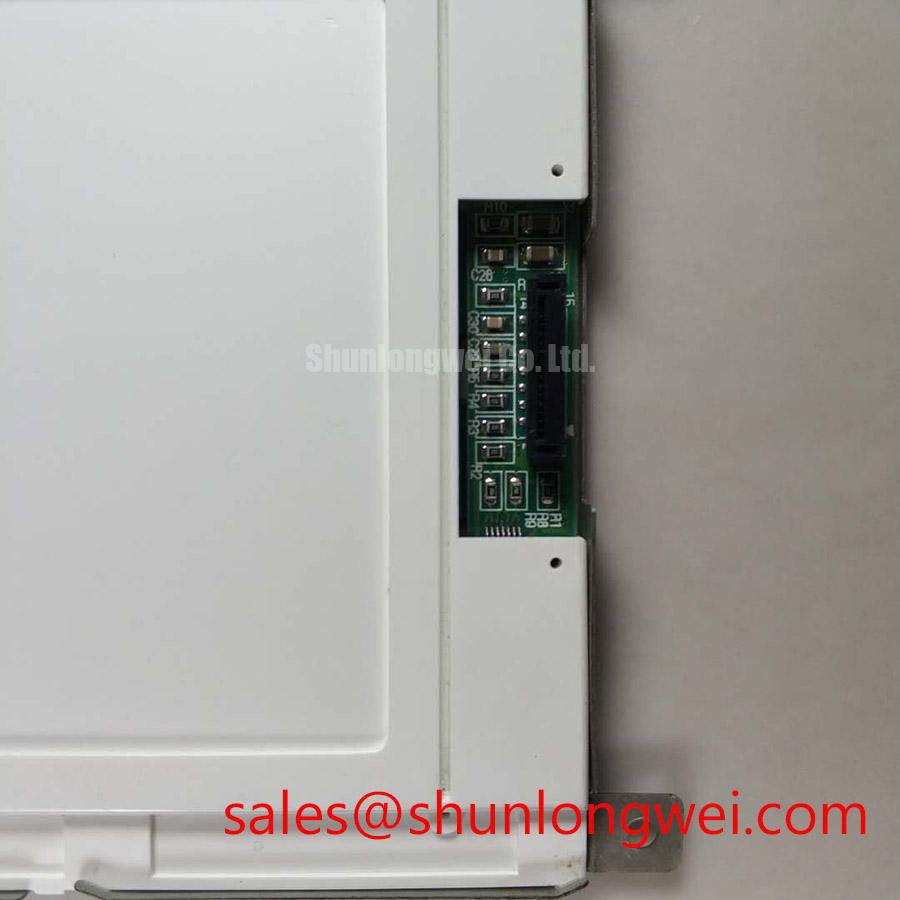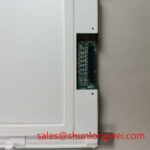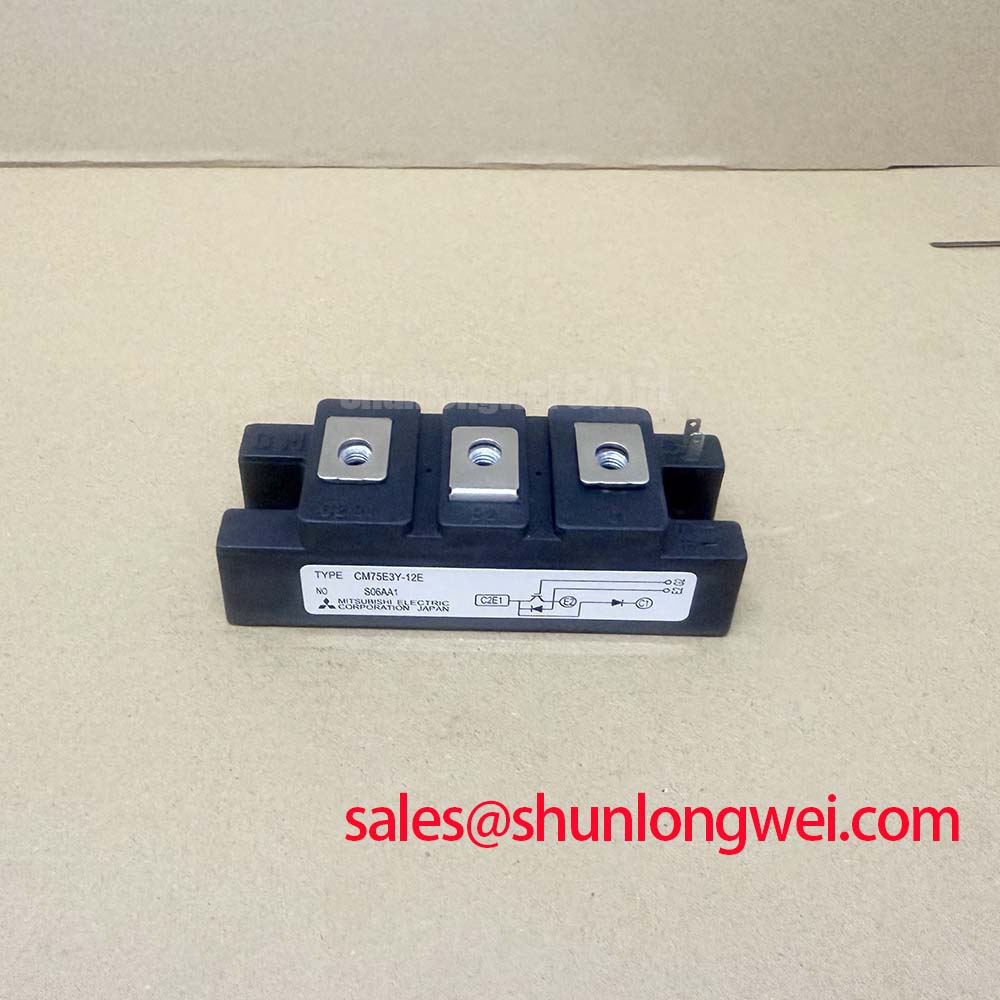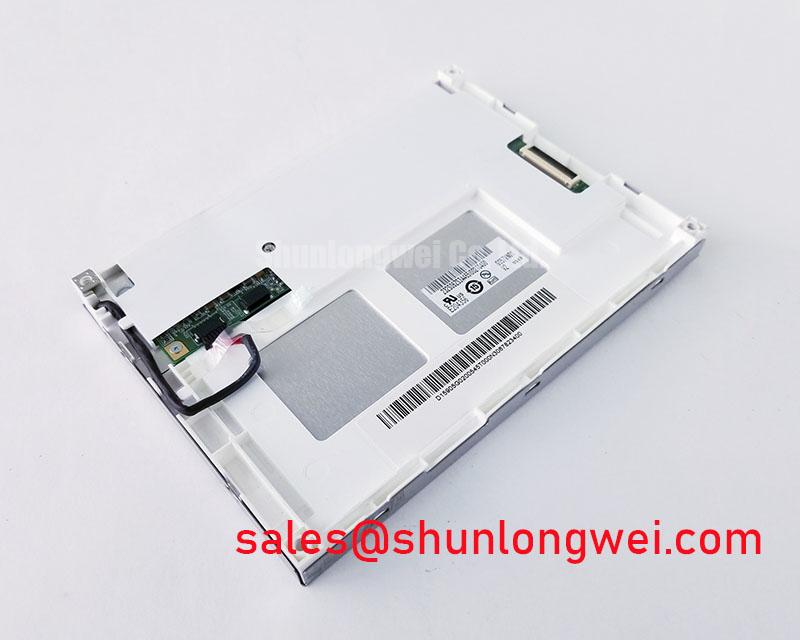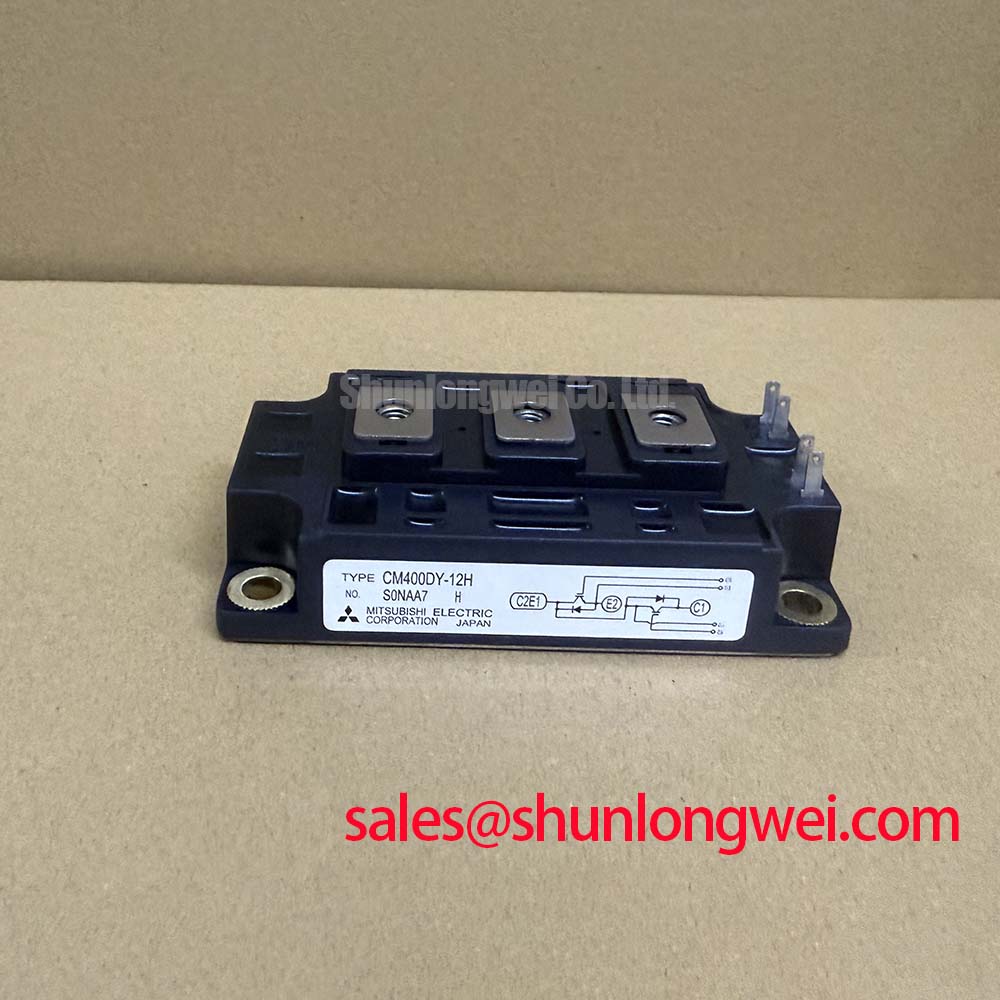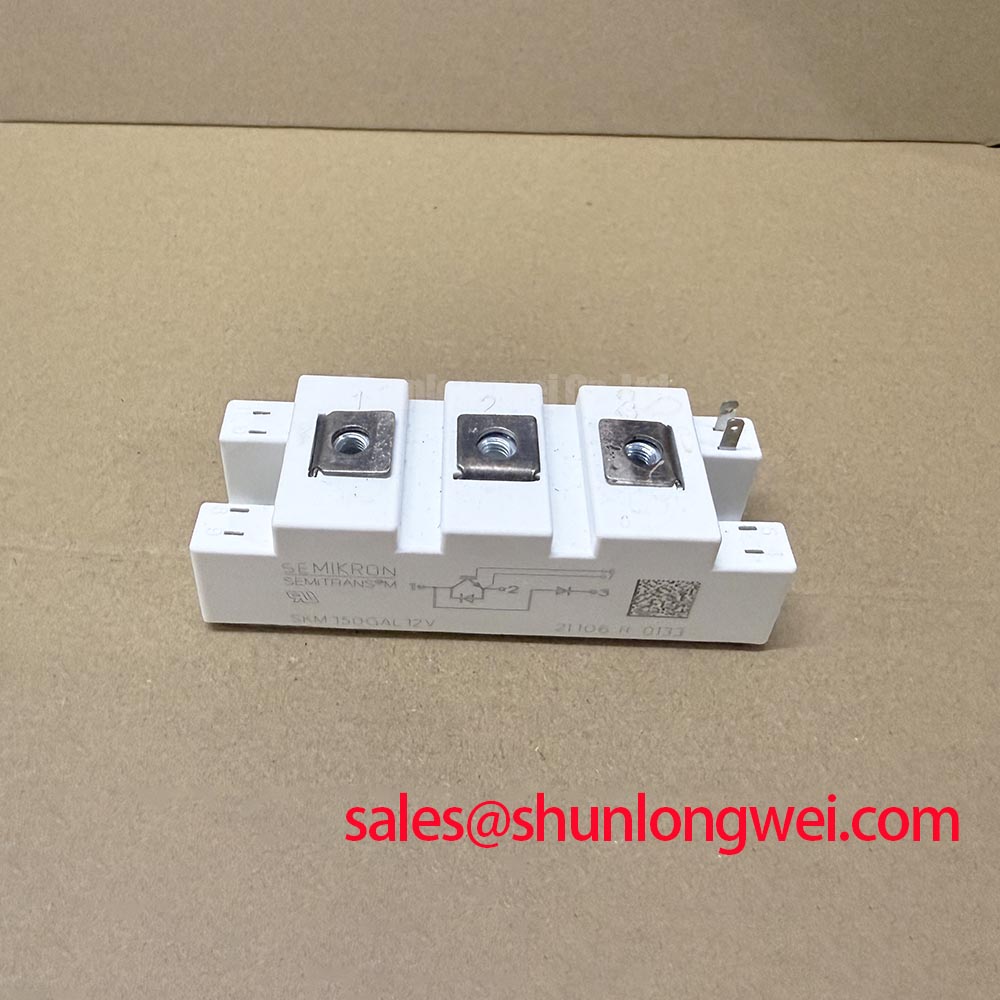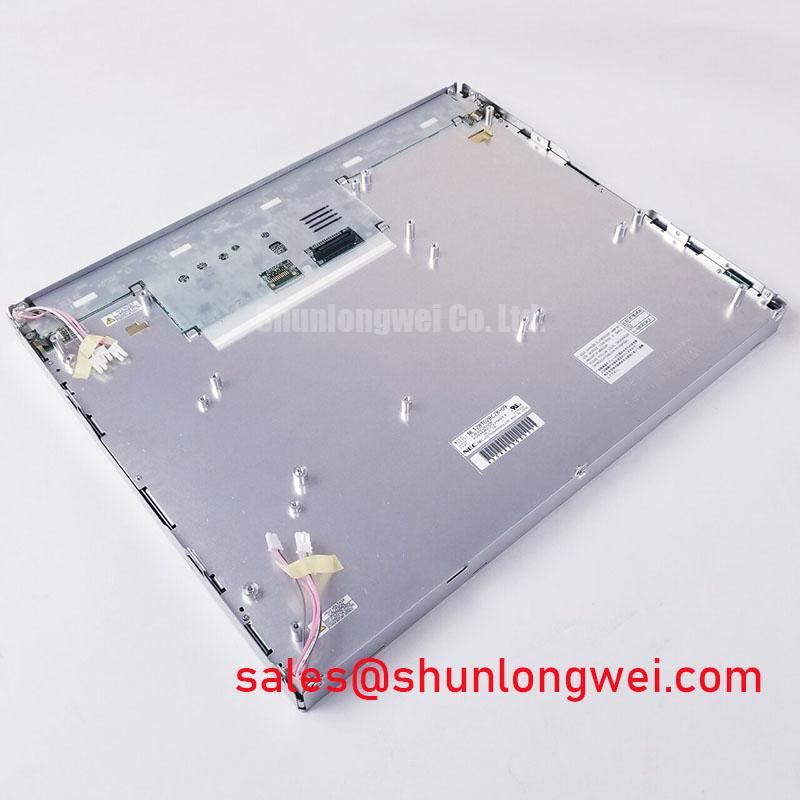DMF-51043NFU-FW-1: 240x64 FSTN LCD for Industrial HMIs
Introduction to the DMF-51043NFU-FW-1
Leveraging Film-compensated Super-twisted Nematic (FSTN) technology, the Optrex DMF-51043NFU-FW-1 is engineered to deliver exceptional monochrome contrast and clarity for demanding industrial applications. This display module provides a stable and readable human-machine interface solution built for longevity. Its integrated T6963C controller simplifies system integration, a critical factor for engineers maintaining or upgrading legacy industrial equipment where proven components are essential.
- Core Specifications: 240x64 Dot Resolution | 0°C to +50°C Operating Temperature | Integrated CCFL Backlight
- Key Engineering Benefits: High-clarity monochrome data visualization; Proven long-term operational reliability.
Field-Proven Integration
While specific customer deployments are proprietary, the architectural design of the DMF-51043NFU-FW-1 is representative of displays commonly integrated into equipment where uptime and readability are priorities. The robust construction and stable performance characteristics make it a suitable component for a range of established industrial platforms.
- CNC Machine Controllers: The high-contrast display ensures that operators can clearly read critical machining parameters and system status alerts, even in variable factory lighting.
- Medical Monitoring Equipment: In environments where unambiguous data presentation is vital, the crisp, clear characters of an FSTN display provide a reliable visual output for patient data or device status.
- Telecommunication Test Sets: For portable and field-deployed diagnostic tools, the module's durability and straightforward interface offer a dependable HMI for technicians.
The Strategic Value of Proven Display Technology
In the lifecycle management of industrial systems, component stability is a significant factor in controlling total cost of ownership (TCO). While the market offers a wide array of display technologies, the cost and engineering effort required to re-qualify a system for a new display can be substantial. The DMF-51043NFU-FW-1 represents a commitment to proven technology, providing a direct and reliable path for maintaining or extending the service life of existing equipment without extensive redesign. For many industrial control applications, the inherent clarity and reliability of a monochrome FSTN display are more valuable than the complexities of color alternatives. To understand more about the distinctions, see our guide on Industrial vs. Consumer Displays.
Engineering Data for Design Evaluation
To support your technical assessment, the following table compares key attributes of different display technologies. This data is intended to help engineers align component selection with specific system-level requirements, such as power budget, thermal management, and existing controller compatibility. The choice between display technologies often involves trade-offs, and this information provides a factual basis for that decision-making process.
| Parameter | DMF-51043NFU-FW-1 (CCFL) | Typical LED Alternative | Engineering Implication |
|---|---|---|---|
| Backlight Technology | Cold Cathode (CCFL) | Light Emitting Diode (LED) | CCFLs provide bright, uniform lighting but typically require a dedicated high-voltage inverter and have a different lifespan profile compared to the solid-state nature of LEDs. |
| Controller | T6963C (Integrated) | Varies (e.g., ST7920) | The T6963C is a well-documented controller, potentially simplifying firmware development for legacy system upgrades. |
| Operating Temperature | 0°C to +50°C | -20°C to +70°C (Industrial Grade) | Defines the suitable operational environment; this module is specified for controlled indoor industrial settings. |
For systems that require a different resolution or form factor, the KCG057QV1DB-G000 offers a 320x240 resolution in a 5.7-inch format.
Operational Arenas for the DMF-51043NFU-FW-1
The design of the DMF-51043NFU-FW-1 makes it a strong candidate for applications where clear, unambiguous information display is the primary function. What is the primary visual benefit of FSTN technology? It provides superior black-and-white contrast for maximum readability, which is essential in professional environments. The module’s architecture is well-suited for integration into a variety of established industrial and specialized equipment.
- Process Control Instrumentation: Displaying setpoints, measurements, and status indicators in factory automation lines.
- Point-of-Sale (POS) Terminals: Providing clear, simple operator prompts and transaction details.
- Network Analyzers and Power Meters: Offering a straightforward visual interface for complex technical data in the field or lab.
For systems operating within a 0°C to +50°C range requiring a high-contrast monochrome HMI, the DMF-51043NFU-FW-1 provides a mechanically sound and visually clear solution.
Architectural Breakdown: Controller and Backlight System
Two core elements define the integration profile of the DMF-51043NFU-FW-1: its controller and its illumination system.
T6963C Controller
The integrated T6963C is a versatile LCD controller that handles the complex task of managing the pixel matrix. It acts like a dedicated co-processor for the display, managing text and graphic modes to offload the host system's main processor. This is particularly valuable as it simplifies the command structure required to display information, streamlining firmware development. Communication is handled via a standard 8-bit parallel data bus, a common interface in embedded systems.
CCFL Backlight
The display is illuminated by a Cold Cathode Fluorescent Lamp (CCFL) backlight. This technology produces a bright and exceptionally uniform white light across the entire viewing area, ensuring that all 240x64 pixels are evenly lit. While CCFLs require a dedicated high-voltage inverter to operate, they are a field-proven solution known for stable light output, which is critical for consistent readability over the product's operational life. To explore the evolution of backlighting, consider reading about the energy efficiency of LED backlights.
Core Specifications for System Design
The following parameters are essential for mechanical and electrical integration of the DMF-51043NFU-FW-1 module. For complete details, please refer to the official product datasheet.
| Parameter | Specification |
|---|---|
| Display Resolution | 240 x 64 dots |
| Display Technology | FSTN (Film-compensated STN), Negative, Transmissive |
| Active Area | 127.16 (W) x 33.88 (H) mm |
| Module Outline | 180.0 (W) x 65.0 (H) x 11.0 (D) mm (max) |
| Controller IC | T6963C or equivalent |
| Operating Temperature Range | 0°C to +50°C |
Technical FAQ
1. What is the function of the T6963C controller integrated into the DMF-51043NFU-FW-1?
The T6963C is an LCD controller IC that manages the display's functions. It simplifies development by handling tasks like text generation, graphics rendering, and memory management, allowing the host microcontroller to send high-level commands rather than managing individual pixels.
2. Does the CCFL backlight require a separate inverter?
Yes, CCFL technology operates on high AC voltage and requires an external inverter module to convert the low-voltage DC input from your system into the necessary power for the lamp. The selection of an appropriate inverter is critical for backlight performance and lifespan.
3. How does the 0°C to +50°C operating temperature range impact its use in outdoor applications?
This temperature range specifies the module for use in controlled indoor environments, such as factory floors, laboratories, or climate-controlled enclosures. It is not rated for direct exposure to the elements or for use in unheated outdoor applications where temperatures could fall below freezing or exceed 50°C (122°F).
In an industry focused on continuous innovation, components like the DMF-51043NFU-FW-1 serve as a testament to the enduring value of purpose-built, reliable technology. For systems where long-term stability and clear data presentation are the primary design goals, investing in a proven display architecture ensures both performance and lifecycle predictability. This focus on durability aligns with the core principles of designing rugged systems, as detailed in resources like the TFT-LCD technology overview.

